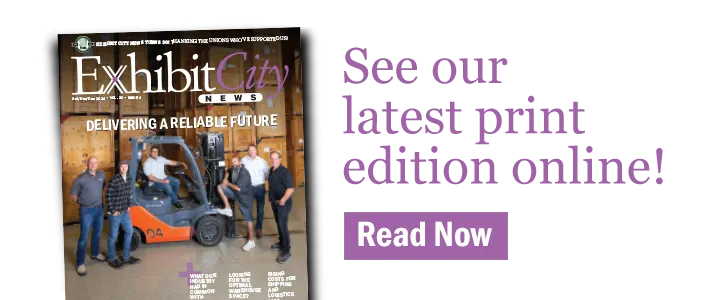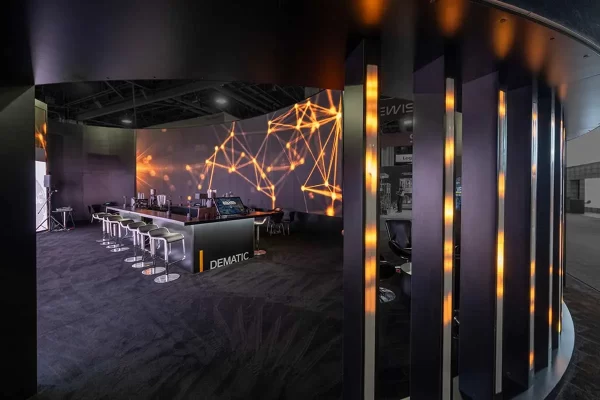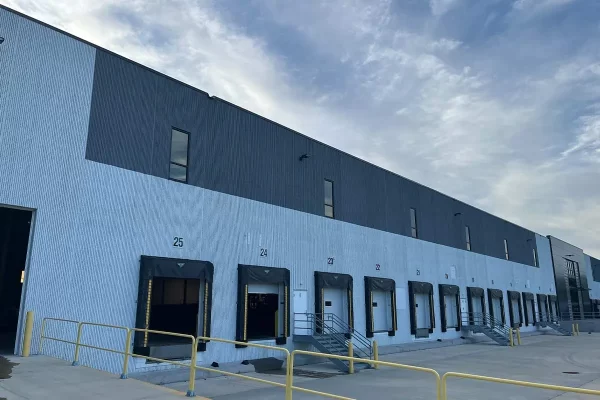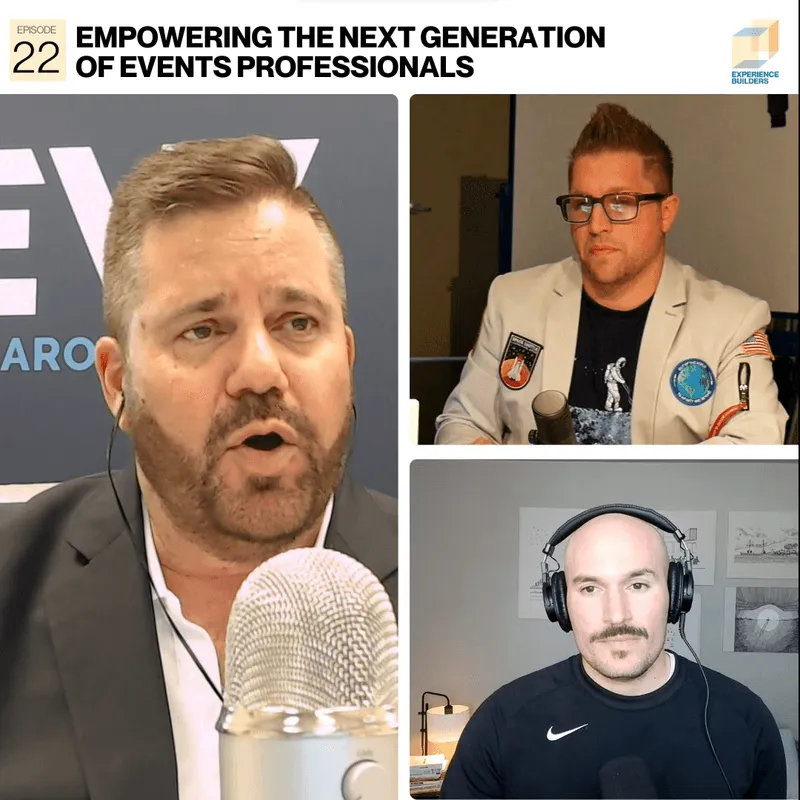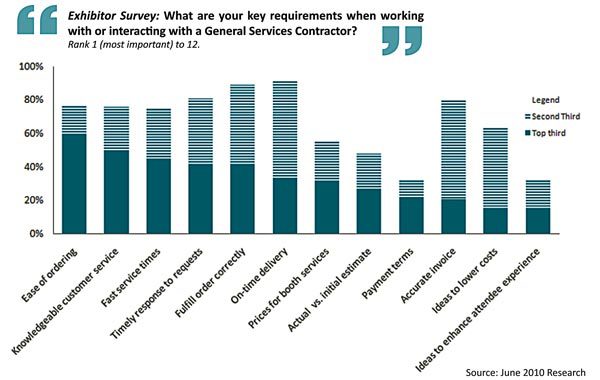
In April 2010, Global Experience Specialists (GES) began conducting research aimed at getting exhibitors, show organizers and exhibitor appointed contractors (EAC) on the same page with the general contractor at its shows.
After more than a year of conducting interviews, surveys and focus groups, GES has released a white paper titled Aligning for Success.
Davis Saef, executive vice president of strategy and marketing for GES, authored the white paper as part of an ongoing improvement strategy focused on gaining insights into the issues in the tradeshow industry.
“It is so important for us to make sure what we do as company is based on what the key participants need,” said Saef. “We just needed to listen to what the different players in the industry had to say. What their perspectives are. You can be a lot more effective if you just listen to the people you are trying to work with.”
Aligning for Success is the result of feedback from more than 700 responses to surveys and interviews from exhibitors, show organizers and EACs. The project was originally planned as a 6-month period, but as the discussions began to uncover best practice items, GES decided to extend the process and they now have no plans to stop doing the research.
“We have found that listening and change are our best attributes right now,” said Saef.
The information provided by the interaction with the three groups yielded four key areas of common alignment that GES is now focusing on.
- Easy, seamless, end-to-end execution – This includes making it easy to obtain information, order services, coordinate deadlines and access help.
- Access to relevant and timely information – Exhibitors seek insightful information on attendees, show rules and regulation, show and convention center floorplans and related events all in one place.
- Transparency on the show – The research shows that exhibitors want to make more informed decisions, and tradeshow service providers should embrace best practices in product and service descriptions, as well as billing and issue resolution.
- Collaboration in some areas while reserving the right to compete in others – While decision makers understand the need for competition, there is an expectation that industry participants will collaborate in areas of mutual benefit.
“We are all competing for marketing dollars and we need to make sure that face-to-face marketing stays strong,” said Saef. “There are other areas where we are going to compete against each other, and there are fair ways to do that, but we can’t lose sight of the fact that we are a part to the event ecosystem and we need to make sure that when people come to these shows during set up or dismantle, the things that they want to obtain, like information, are being collaborated on.”
GES has already begun making changes that reflect Aligning for Success on its show floors. The company has launched an online platform that includes show information and allows exhibitors to order products and services instead of faxing in paperwork.
With this online platform, GES has also automated the process of populating common information on the countless number of forms exhibitors must fill out.
“What we are doing is removing all the frustrating activities exhibitors need to do with filling out forms,” said Saef. “Our efforts are to recognize the importance of making things easier for both the exhibitors and the exhibit houses that work with them.”
The company has also started to position the show manager information desks next to the GES information desks so exhibitors and exhibit house personnel don’t have to walk the entire show floor to get the information they need.
“We did focus groups with exhibit houses that work with GES exhibitors. We listened to what their needs are and we provided some insights about what we are doing,” said Saef. “These exhibit houses handle multiple exhibits, and our goal is to make it easier for them to manage activities.”
At some shows, GES staff members on the floor have also begun carrying iPads with direct order accessing capabilities so exhibitors can orders services in real-time.
The company is also working toward coordinating show deadlines for exhibitors to make their lives easier during set-up.
“If we can simplify the learning, exhibitors can be more effective representing the brand and connecting with attendees and not having to learn all the nuance of our industry,” said Saef. “We are changing our company, but by listening and working with other people, as opposed to saying ‘we are going to unilaterally change and we hope you adapt.’ That model is outdated.”
View the entire white paper: Aligning for Success
| Home |
| People on the Move |
| National News |
| International News |
| Opinions |
| Tradeshow Calendar |




